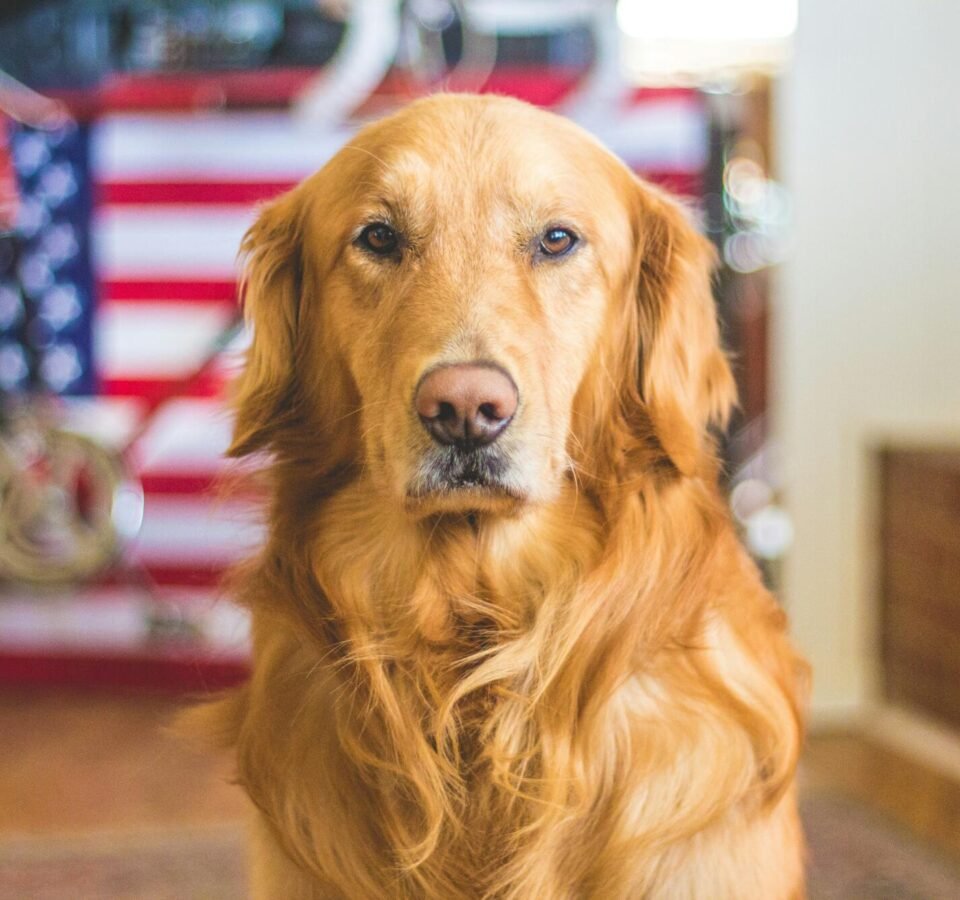Giant, fluffy, and full of love. Big shaggy dog breeds are a popular choice among dog owners. Yet, with their majestic appearance also comes potential health risks. As much as we want to protect our beloved furry companions, accidents and health emergencies can happen anytime, anywhere.
That’s why dog owners must be prepared and knowledgeable in handling these situations. In this blog post, we’ll guide you through the ways to spot and respond to the most common health emergencies that big shaggy dog breeds may encounter.
So, let’s dive in and learn how to keep your big shaggy dog happy, healthy, and safe!
Table of Contents
1. Regular Vet Check-Ups
By scheduling regular vet checkups, owners can spot any potential health issues early on and take preventative measures to ensure their dog’s health. Vets can also provide crucial recommendations for exercise, diet, and grooming specific to the breed. This helps to prevent common health problems from occurring.
In the event of a health emergency, a trusted vet who is familiar with the dog’s medical history can respond quickly and effectively, saving their life. These are crucial for keeping big shaggy dog breeds happy and healthy for many years to come.
2. Monitoring Their Diet and Exercise
As responsible pet owners, we must check their diet and exercise to prevent these emergencies. By keeping a close eye on their nutrition and ensuring they get enough physical activity, we can help prevent the development of health issues and also respond quickly if an emergency does arise.
Regular exercise and a balanced diet can improve their health and well-being. This makes it essential to spot and respond to common health emergencies in big shaggy dog breeds through careful monitoring of their diet and exercise.
3. Recognizing Symptoms of Bloat and Taking Quick Action
One of the most serious and life-threatening emergencies is bloat, also known as gastric dilation-volvulus (GDV). This condition is characterized by the stomach filling with air and twisting itself, cutting off blood flow to vital organs. In big shaggy dog breeds, this is often caused by overeating, eating too quickly, or drinking large amounts of water in a short period.
Owners should be able to recognize symptoms such as the following:
- restlessness
- bloating of the abdomen
- and attempts to vomit without success
Taking quick action by seeking veterinary care can save a dog’s life. Knowing the signs and acting can make a significant difference in the outcome for our beloved pets.
4. Being Prepared for Heat Stroke
These furry companions are more prone to overheating due to their thick coats and need extra care in hot weather. To spot and respond to common health emergencies in these breeds, it is important to be aware of the signs of heat stroke, such as excessive panting, drooling, and weakness. Have a plan in place, such as the following:
- providing access to cool water and shade
- knowing when to seek veterinary care
By doing so, this can save your pet’s life. It is essential to focus on their well-being and take precautions to prevent heat stroke in these beloved furry friends.
5. Keeping an Eye Out for Joint Problems
These larger dogs, such as Saint Bernards, Golden Retrievers, and Newfoundlanders, are prone to joint issues due to their size and heavy body weight. As responsible pet owners, it is crucial to spot and respond to these emergencies to prevent further complications. Some signs to watch out for include limping, stiffness, and difficulty standing or walking.
Regular check-ups and exercise are also essential to maintain strong and healthy joints in these dogs. With proper care and attention, we can ensure that our beloved shaggy companions live a happy and pain-free life.
6. Paying Attention to Changes in Behavior or Mood
By closely monitoring their behavior and mood, pet owners and caretakers can identify any potential red flags and take necessary action. This includes noting changes in energy levels, appetite, and demeanor.
It is also important to educate oneself on the specific health concerns of big shaggy dog breeds and seek medical attention if necessary. By being vigilant and attentive to these changes, pet owners can help ensure the well-being and health of their beloved furry companions.
7. Knowing How to Handle Cuts and Wounds
First, remain calm and assess the situation to determine the severity of the cut or wound. Have a first aid kit handy and gently clean the wound before applying pressure to stop any bleeding.
If necessary, seek veterinary help to treat the wound and prevent any potential infections. By knowing how to handle cuts and wounds in big shaggy dog breeds, you can ensure the health and well-being of your furry companion.
8. Being Aware of Potential Respiratory Distress
Signs of respiratory distress in dogs may include the following:
- excessive panting
- wheezing
- difficulty breathing
As responsible pet owners, it is crucial to spot these symptoms early on and respond to prevent further complications. This can involve seeking immediate medical attention, providing a well-ventilated environment, and keeping your dog calm and comfortable until professional help arrives. By staying vigilant and proactive in monitoring your dog’s respiratory health, you can ensure their safety and well-being.
9. Being Knowledgeable About Basic First Aid for Dogs
This includes being able to spot and respond to common health emergencies such as choking, heat stroke, and ingesting foreign objects. Attending dog first aid courses can provide valuable knowledge and skills in handling these situations.
From CPR techniques to wrapping wounds, these courses can equip owners with the necessary tools to care for their dogs in emergencies. Ensuring our big shaggy dog breeds receive prompt and proper first aid can save their lives.
Spot Signs Early to Manage Health Crises in Big Shaggy Dog Breeds
Owners of big shaggy dog breeds must familiarize themselves with common health emergencies and how to respond to them. By being aware of potential warning signs and having a plan in place, you can keep your furry friend safe and healthy. Remember to always consult a veterinarian for any concerns.
Take the necessary steps to protect your beloved companion by learning how to spot and respond to common health emergencies. Your dog’s well-being depends on it.
Looking for more tips and advice? You’re in the right place! Make sure to bookmark our page and come back to check out more interesting articles.










